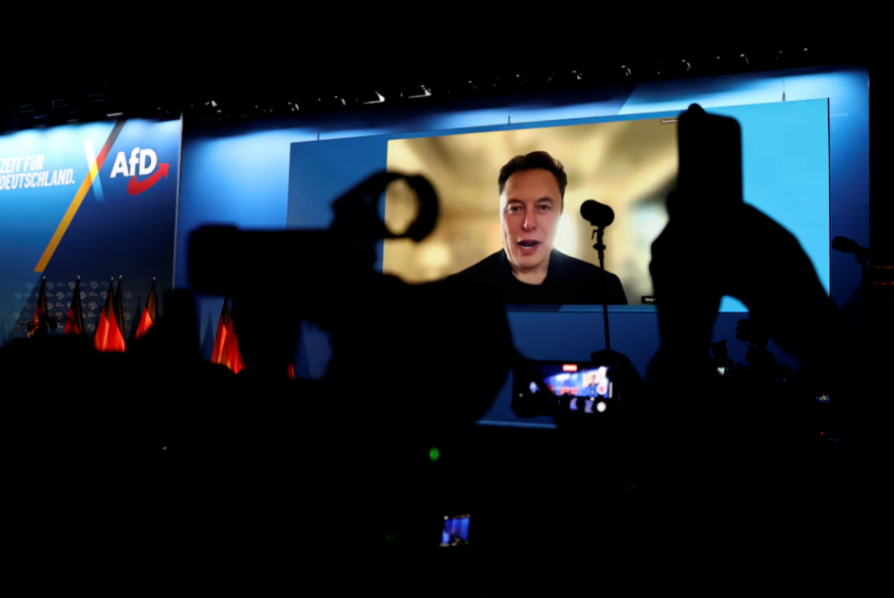I. The Background of Elon Musk’s New Political Party
Elon Musk’s idea of creating a new political party did not come out of the blue. It is rooted in complex political and interest-related factors. In July 2024, Musk publicly supported Donald Trump, but within less than a year, the two became bitter enemies over a bill dubbed the “Big and Beautiful Act.” Trump threatened to cut government subsidies and contracts for Musk’s companies, causing Tesla’s market value to plummet by over 150 billion US dollars on June 5. This conflict between personal interests and political positions has led Musk to consider creating a new political party as a way to seek a new political path.
II. The Dilemma of the US Two-Party System and the Demands of the Centrist Voters
The traditional two-party system in the United States has long faced numerous problems. The increasing polarization and confrontation between the Democratic and Republican parties have led to frequent political deadlocks. Many centrist voters are growing increasingly dissatisfied with the two-party system, and they are eager for a political party that can truly represent their interests. A poll initiated by Musk on the social media platform X showed that over 80% of voters supported the creation of a new political party representing 80% of centrists. This indicates that centrist voters have a strong demand for change in the existing political landscape, and Musk’s new political party plan is a response to this demand.
III. The Potential Impact of Elon Musk’s New Political Party
(1) Reshaping the Political Landscape
If Musk’s new political party can successfully attract a large number of centrist voters, it will have a profound impact on the existing US political landscape. On one hand, it may weaken the dominant position of the Democratic and Republican parties among voters, redistribute votes, and change the dynamics of elections. On the other hand, the emergence of the new party may also prompt the Democratic and Republican parties to undertake internal reforms to cope with the new competitive pressure.
(2) Policy Shifts
Musk claims that the new political party will represent the interests of 80% of centrists, which means its policy proposals may focus more on pragmatic solutions in the fields of economy, technology, and environment. For example, Musk’s long-standing advocacy for clean energy and technological innovation may become the core content of the new party’s policies. This will bring new perspectives and ideas to US policy-making and promote development in these areas.
(3) Polarization of Public Opinion
Musk’s plan to create a new political party has attracted widespread attention and discussion in US society. Some people support his plan, believing it is an opportunity to break the existing political deadlock and promote social progress. However, many political figures are skeptical of Musk’s plan. For example, Jimmy Patronis, a Republican congressman from Florida, believes that Musk will not really create a new political party and that his relationship with Trump will soon improve. This polarization of public opinion will further exacerbate the division and confrontation in US society.
IV. Challenges in Creating a New Political Party
(1) Limitations of Political Resources
Despite Musk’s vast wealth and influence, creating a new political party is not an easy task. The US political system has set many obstacles for new entrants, including complex election regulations and high campaign funding thresholds. Musk needs to integrate a large amount of political resources, including funds, talent, and organizational structures, in a short period of time, in order to make the new political party competitive with the Democratic and Republican parties.
(2) Coordination of Internal Differences
Musk claims that the new political party will represent the interests of 80% of centrists, but there are different interest demands and viewpoints among centrists themselves. How to coordinate these differences within the new party and form a unified policy platform and action program will be a major challenge for Musk.
(3) Building Public Trust
Musk’s success in the business world cannot be directly translated into public trust in his political endeavors. He needs to take a series of concrete actions and policy proposals to prove that he can truly represent the interests of centrists and win the support of voters. In addition, the conflict between Musk and Trump may lead some voters to question his motives, further affecting public trust in the new political party.
V. Conclusion
Elon Musk’s plan to create a new political party has introduced a new variable into the US political landscape. This plan reflects the dissatisfaction of centrist voters with the existing two-party system and their desire for change. It also provides new ideas and directions for US policy-making and political practice. However, Musk faces many challenges in creating a new political party, including limitations of political resources, coordination of internal differences, and building public trust. Whether Musk can successfully create a new political party and whether it can play an important role in the US political arena remains to be seen.

